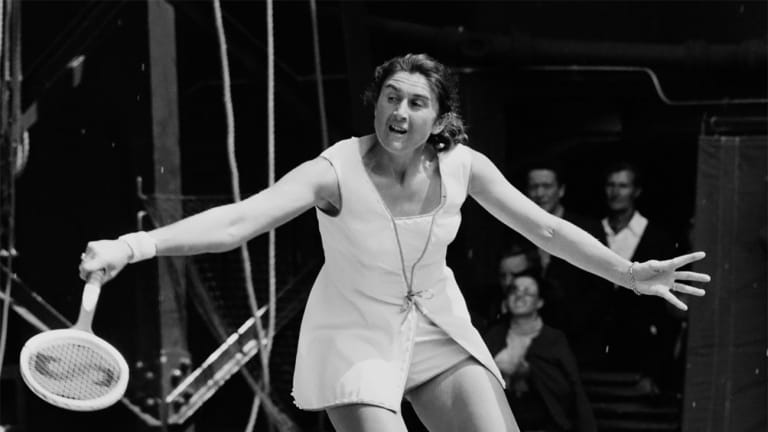Original 9, Judy Dalton: survey proved male interest in women's tennis
By Sep 19, 2020Tennis.com Podcast
Through the eyes of a pioneer: Rosie Casals talks shop on the TENNIS.com Podcast
By Mar 11, 2022Original 9
Standin' in the Hall of Fame: The Original 9 remind us that "giving and getting go hand in hand"
By Jul 17, 2021As the years pass, Kerry Melville Reid "gets more proud" of Original 9
Sep 23, 2020Cutting class for good reason, Kristy Pigeon steps out with Original 9
By Sep 22, 2020Original 9, Nancy Richey: a vital call with dad and lunch with Gladys
Sep 21, 2020Original 9, Valerie Ziegenfuss: "We had to get people in the stands"
Sep 20, 2020Must start somewhere: Original 9 a "no brainer" for Peaches Bartkowicz
Sep 18, 2020Original 9: Shaped by experiences, Julie Heldman saw it was "our time"
Sep 17, 2020Original 9: Rosie Casals on the "big change in our way of thinking"
By Sep 16, 2020Original 9, Judy Dalton: survey proved male interest in women's tennis
“They said they could associate their game with us. And they would come to watch. That was really encouraging,” reflected the nine-time major doubles champion.
Published Sep 19, 2020
Advertising

Original 9, Judy Dalton: survey proved male interest in women's tennis
Advertising

Original 9, Judy Dalton: survey proved male interest in women's tennis